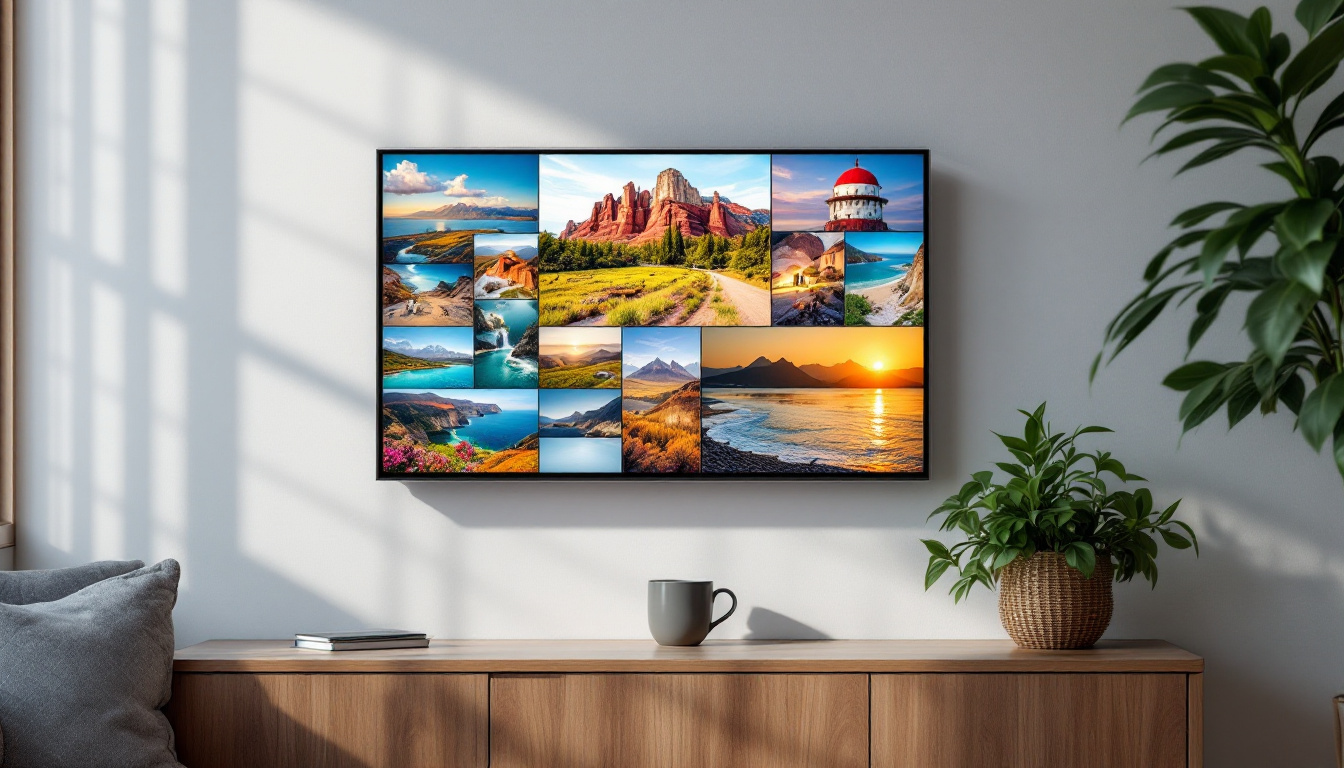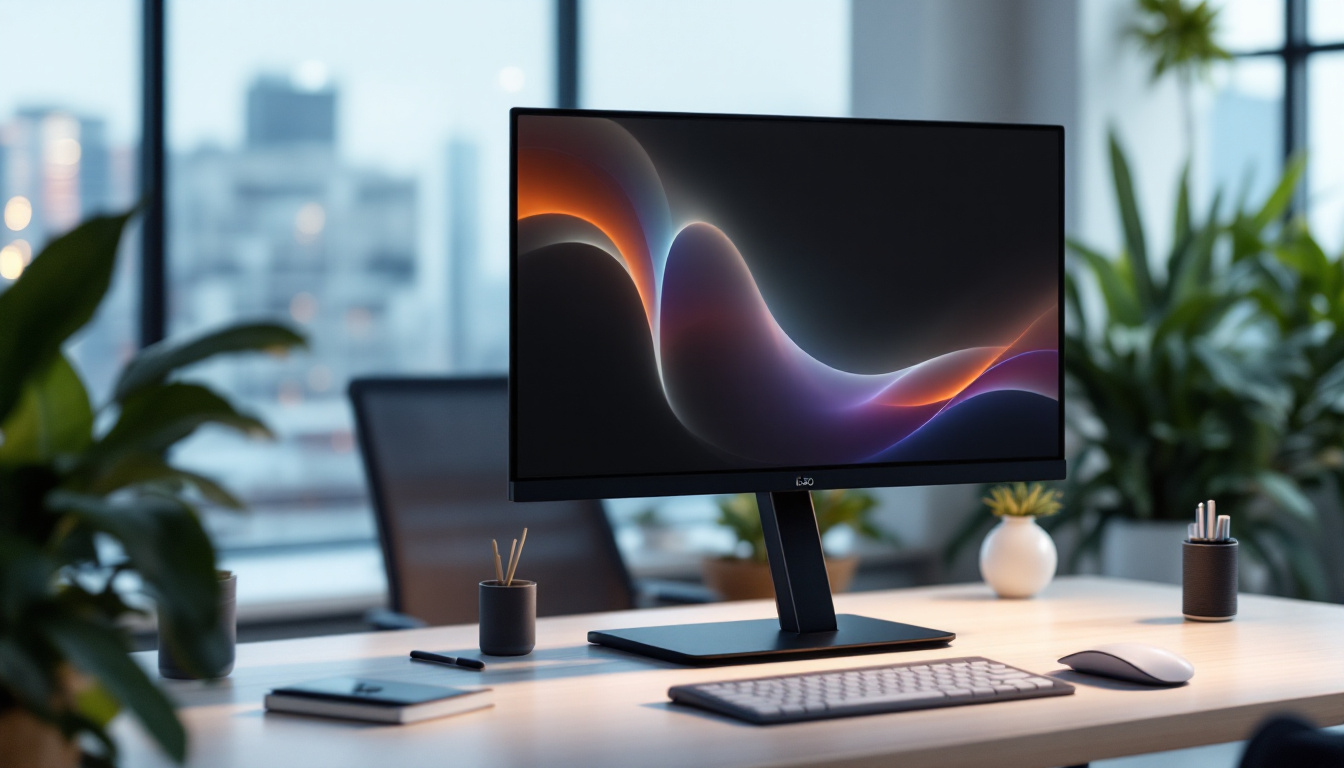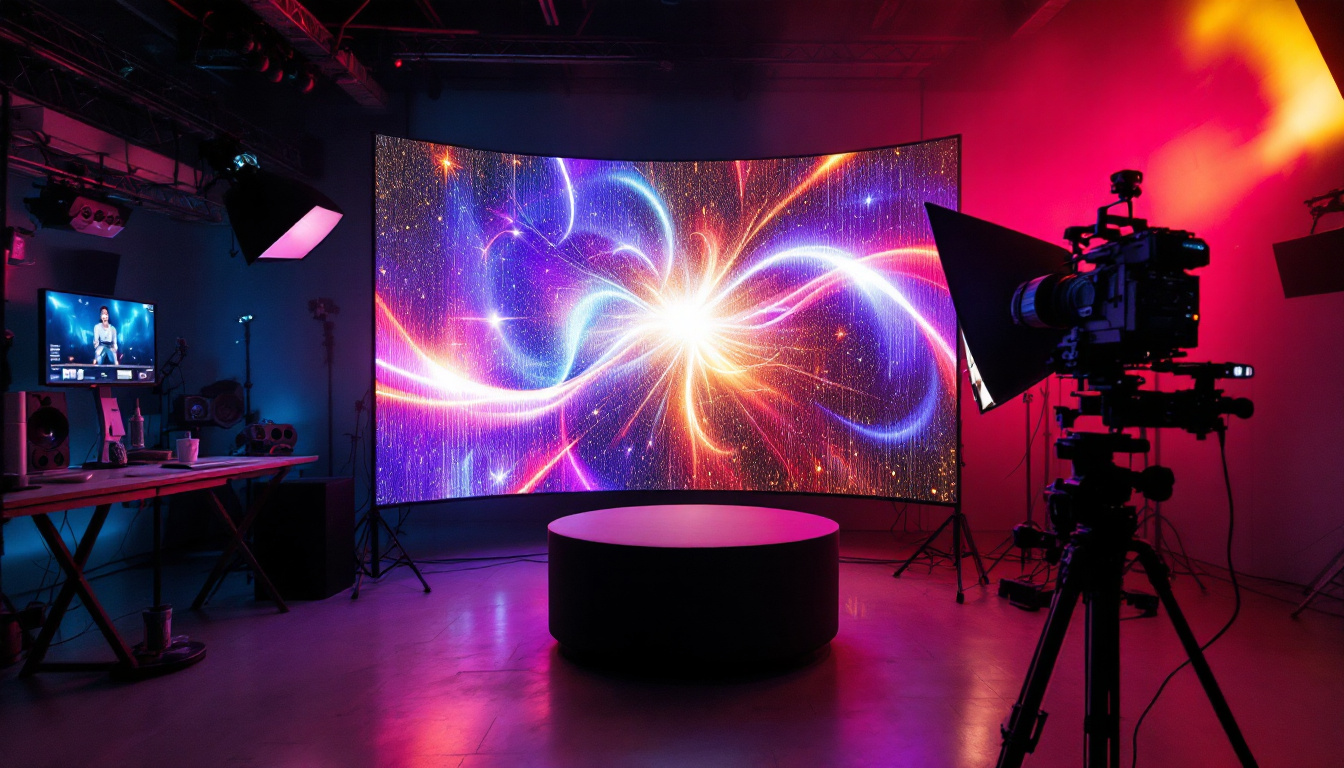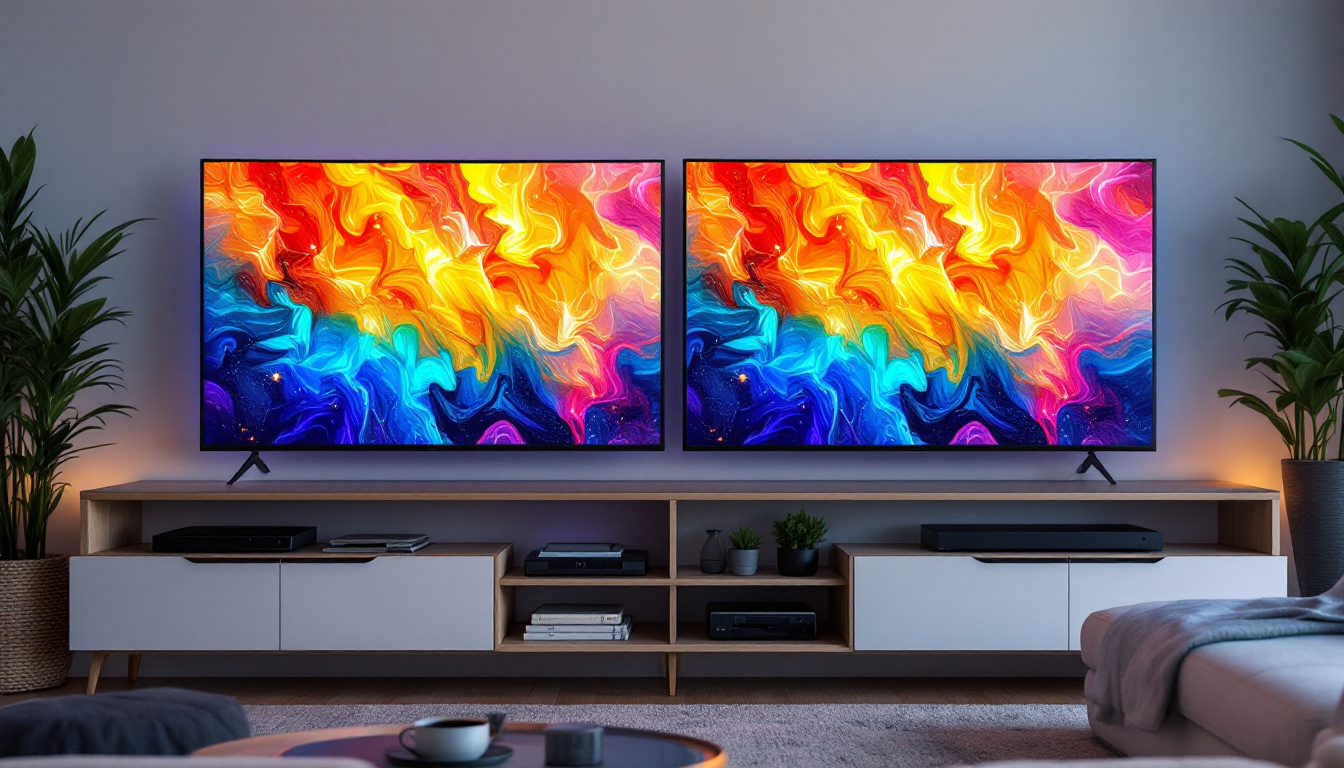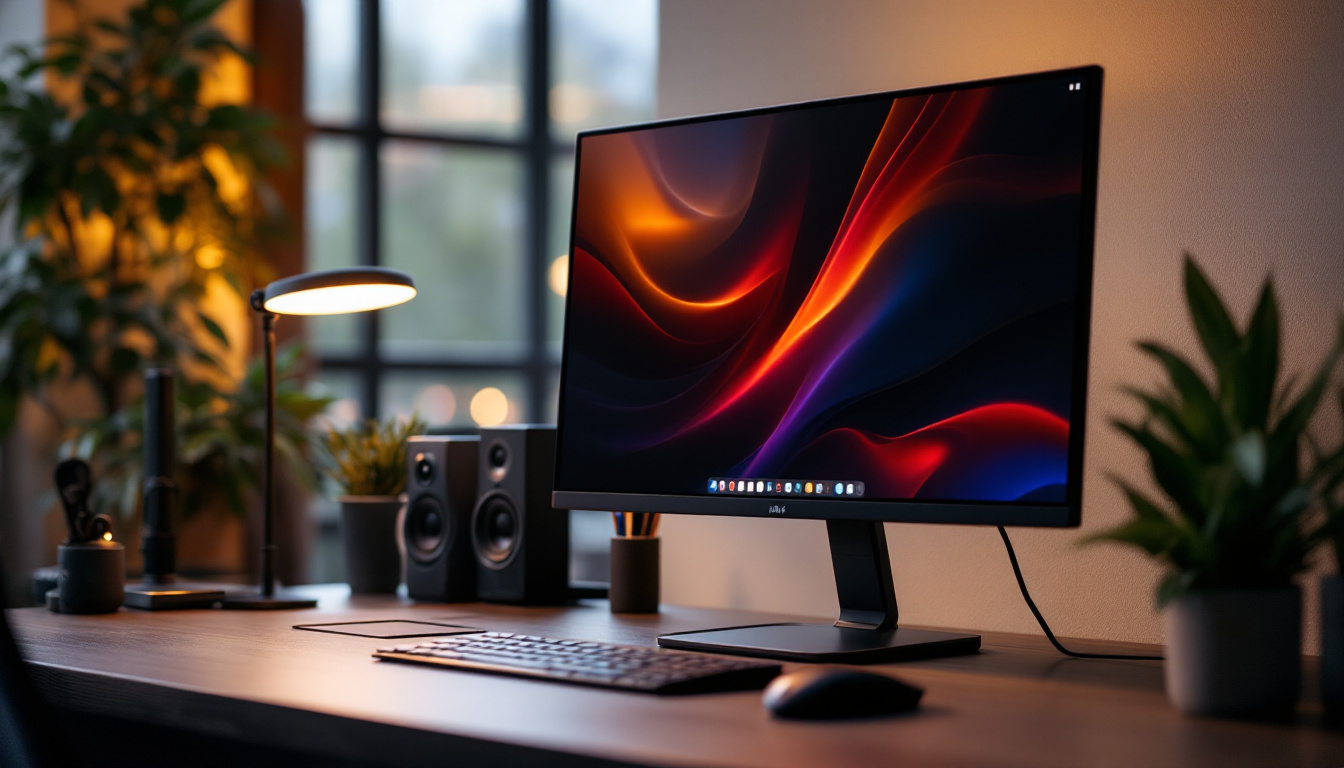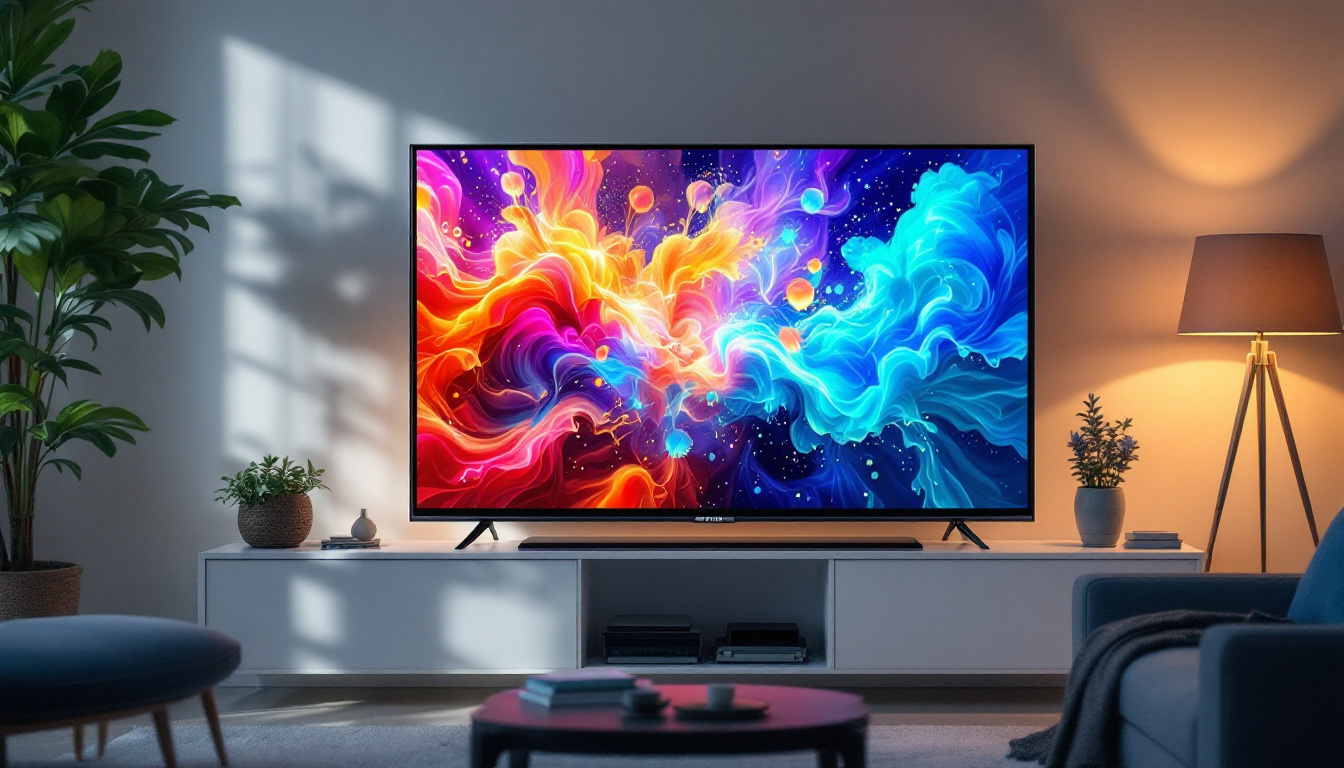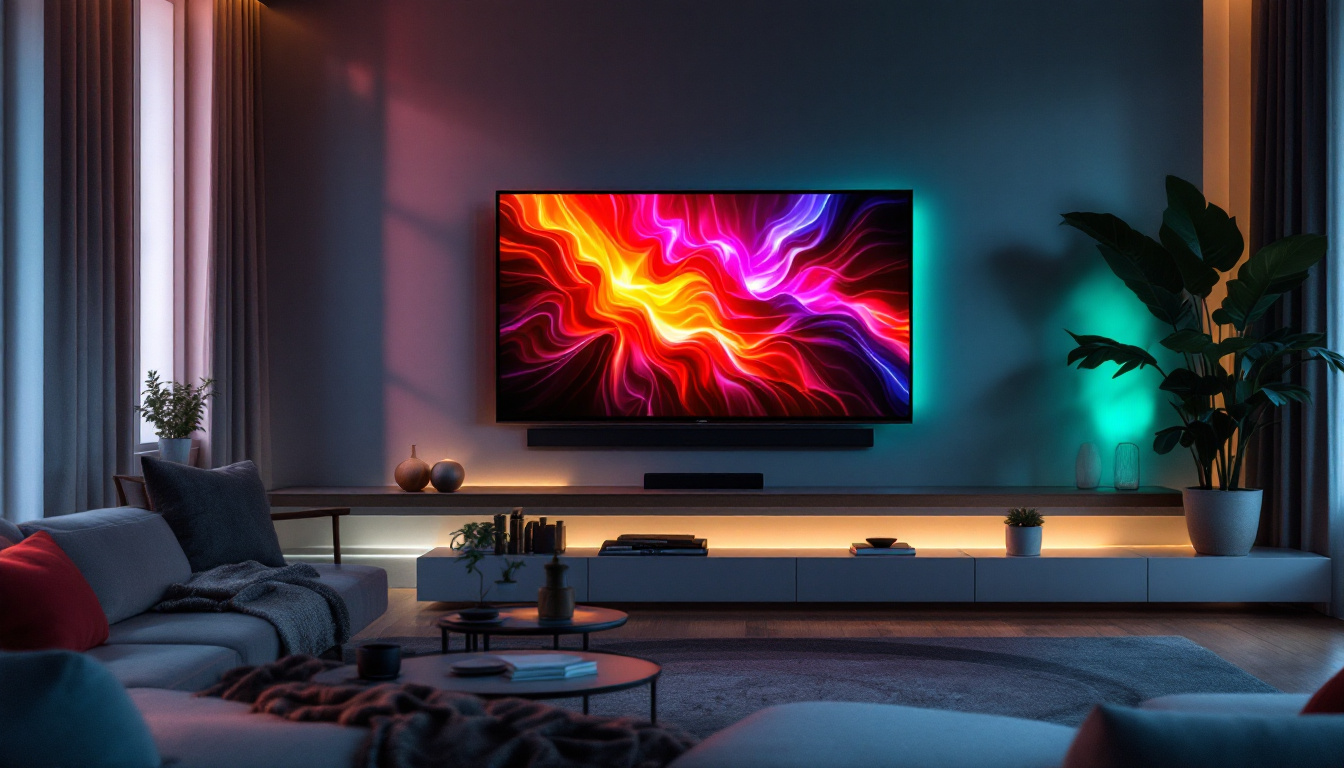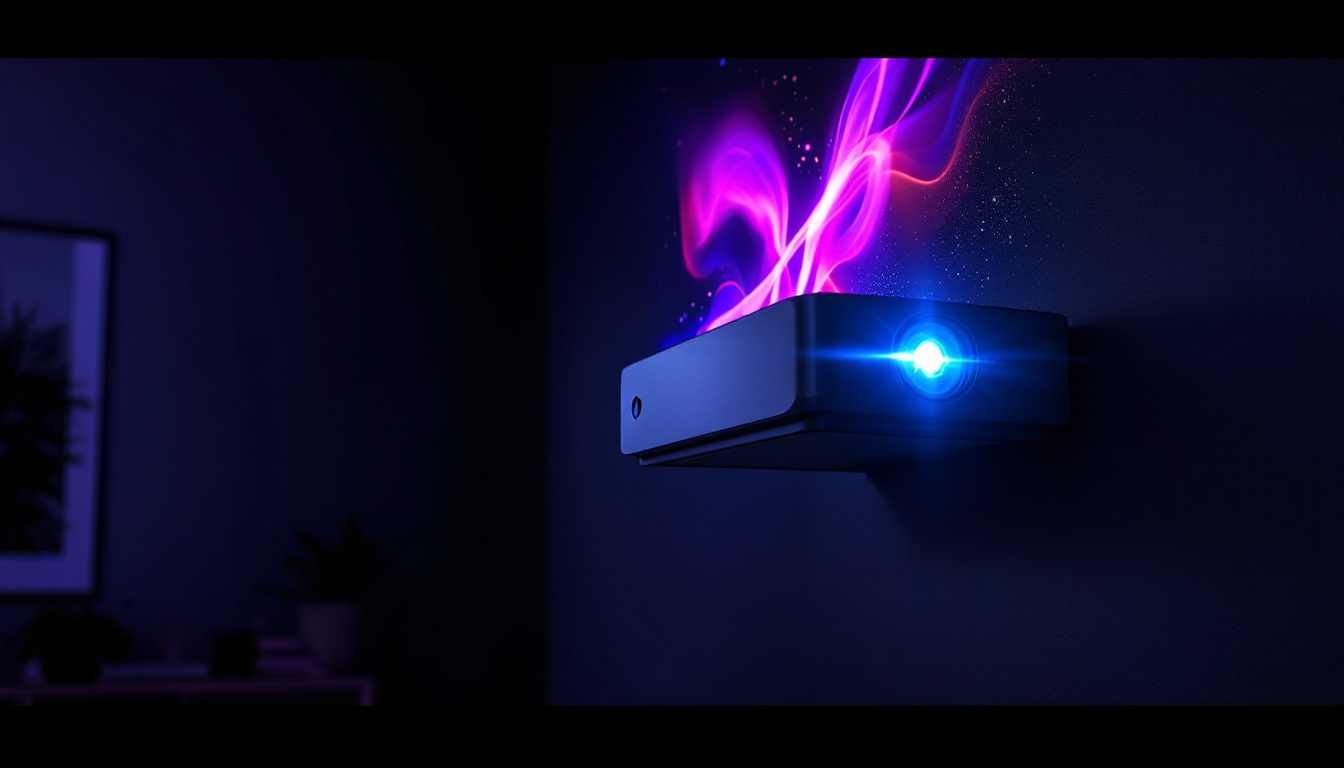In an era where digital technology is seamlessly integrated into everyday life, touch screen digital frames have emerged as a popular way to display cherished memories. These innovative devices not only showcase photographs but also offer interactive features that enhance user experience. This article delves into the workings of touch screen digital frames, particularly focusing on LED displays, their advantages, and how they compare to traditional frames.
Understanding Touch Screen Digital Frames
Touch screen digital frames are modern devices designed to display digital photographs and videos. Unlike traditional photo frames, which are static and limited to physical prints, these digital frames bring images to life through vibrant displays and interactive features. They often come equipped with a variety of functionalities, including Wi-Fi connectivity, cloud storage, and the ability to receive images directly from smartphones or social media platforms.
How Touch Screen Technology Works
At the heart of a touch screen digital frame is its touch technology, which allows users to interact with the device through finger gestures. There are primarily two types of touch technologies used in these frames: resistive and capacitive. Resistive touch screens work by detecting pressure applied to the screen, while capacitive screens respond to the electrical conductivity of the human touch.
Capacitive touch screens are more common in digital frames due to their superior responsiveness and clarity. They allow for multi-touch gestures, enabling users to zoom in or swipe through images effortlessly. This intuitive interaction makes it easy for anyone, regardless of technical expertise, to navigate through their photo collections. Moreover, the smoothness of capacitive touch technology enhances the overall user experience, making it feel more like interacting with a smartphone or tablet rather than a traditional photo display.
Features of Touch Screen Digital Frames
Touch screen digital frames come packed with features that enhance the viewing experience. Many models offer high-resolution displays, allowing for crisp and vibrant images that can be viewed from various angles. Additionally, these frames often support multiple file formats, accommodating everything from JPEGs to videos, thus providing versatility in content display.
Connectivity is another significant feature. With built-in Wi-Fi, users can easily upload images from their smartphones or access cloud storage services. Some frames even allow for remote sharing, enabling friends and family to send photos directly to the frame from anywhere in the world. This feature is particularly appealing for families separated by distance, as it fosters a sense of closeness through shared memories. Furthermore, many digital frames come with customizable settings, allowing users to adjust display brightness, transition effects between images, and even set up slideshows that can include music, creating a more immersive viewing experience.
Another noteworthy aspect of touch screen digital frames is their ability to integrate with smart home systems. Many modern frames can be voice-activated or controlled through mobile apps, making it convenient to manage your photo display without needing to physically touch the device. This integration not only enhances usability but also allows for a more seamless experience in a tech-savvy home environment. Additionally, some frames now offer features like facial recognition, which can automatically curate and display photos of specific individuals, ensuring that cherished memories are always front and center.
LED Display: The Heart of Digital Frames
The LED display is a crucial component of touch screen digital frames, significantly impacting the quality of the images displayed. LED, or Light Emitting Diode, technology is known for its energy efficiency and vibrant color reproduction, making it an ideal choice for digital frames.
Advantages of LED Displays
One of the primary advantages of LED displays is their brightness. These screens can produce vivid colors and deep blacks, resulting in stunning image quality. This is particularly important for digital frames, as the primary purpose is to showcase photographs beautifully.
Additionally, LED displays are energy-efficient. They consume less power compared to traditional LCD screens, which is beneficial for devices that may be left on for extended periods. This efficiency not only reduces electricity costs but also contributes to a smaller carbon footprint, aligning with the growing demand for environmentally friendly technology.
Comparing LED to Other Display Technologies
While LED displays are prevalent in touch screen digital frames, it is essential to understand how they compare to other display technologies, such as LCD and OLED. LCD displays, for instance, rely on a backlight to illuminate the screen, which can result in less vibrant colors and deeper blacks compared to LED displays. On the other hand, OLED (Organic Light Emitting Diode) technology offers superior contrast and color accuracy but tends to be more expensive.
In summary, while each display technology has its strengths and weaknesses, LED displays strike a balance between quality, energy efficiency, and cost, making them the preferred choice for most touch screen digital frames.
Choosing the Right Touch Screen Digital Frame
When selecting a touch screen digital frame, several factors come into play. Understanding these factors can help ensure that the chosen frame meets individual needs and preferences.
Screen Size and Resolution
The size of the screen is one of the first considerations. Touch screen digital frames come in various sizes, typically ranging from 7 inches to 15 inches or larger. A larger screen may provide a more immersive viewing experience, especially for displaying high-resolution images. However, it is essential to consider the available space for placement, as well as personal preferences regarding portability.
Resolution is another critical aspect. Higher resolution frames, such as those with Full HD (1920 x 1080) or 4K (3840 x 2160) capabilities, offer sharper images and a more enjoyable viewing experience. For those who value image quality, investing in a higher resolution frame is advisable.
Storage and Connectivity Options
Storage capacity is vital for digital frames, particularly for users who plan to display a large number of photos. Many frames come with built-in storage, but the capacity can vary significantly. Some models offer additional memory card slots or USB ports, allowing for expanded storage options.
Connectivity options also play a crucial role in usability. Wi-Fi enabled frames allow for easy photo sharing and cloud access, while Bluetooth connectivity can facilitate direct transfers from smartphones. Assessing the connectivity features of a frame can enhance the overall experience, making it easier to keep the display updated with new images.
Setting Up Your Touch Screen Digital Frame
Once the right touch screen digital frame has been selected, the next step is setting it up for optimal use. The setup process is generally straightforward, but following a few key steps can ensure a smooth experience.
Initial Setup
The initial setup typically involves plugging in the frame and connecting it to a Wi-Fi network. Most frames come with a user-friendly interface that guides users through the connection process. Once connected, users can create an account if required, allowing for cloud storage access and remote sharing capabilities.
After establishing a connection, users can begin uploading photos. This can often be done via a mobile app, directly from a USB drive, or through cloud services. Many frames also offer the option to display images in a slideshow format, allowing for a dynamic viewing experience.
Customizing Settings
Customization options are a significant advantage of touch screen digital frames. Users can adjust settings such as brightness, transition effects, and slideshow duration to suit their preferences. Additionally, many frames allow users to create albums or categorize photos, making it easier to navigate through different collections.
Furthermore, some advanced models offer features like facial recognition, which can automatically group photos by people, enhancing the personalization of the display. This level of customization ensures that each user can tailor their frame to reflect their unique style and preferences.
Maintaining Your Touch Screen Digital Frame
To ensure longevity and optimal performance, regular maintenance of the touch screen digital frame is essential. Simple care practices can significantly extend the device’s lifespan and enhance user experience.
Cleaning the Display
Keeping the display clean is crucial for maintaining image quality. Dust and fingerprints can accumulate on the screen, affecting visibility. It is advisable to use a soft, lint-free cloth to gently wipe the screen. Avoid using harsh chemicals or abrasive materials, as these can damage the display.
For frames with a glossy finish, using an anti-static cloth can help reduce fingerprints and smudges, keeping the display looking pristine. Regular cleaning can ensure that the images are always vibrant and clear.
Software Updates
Many touch screen digital frames come with software that may require periodic updates. These updates can enhance functionality, improve performance, and fix any bugs. Users should regularly check for updates through the frame’s settings menu or the associated mobile app.
Keeping the software up to date ensures that the frame remains compatible with new features and services, providing a seamless user experience.
Conclusion: The Future of Touch Screen Digital Frames
Touch screen digital frames represent a significant advancement in how memories are displayed and shared. With their vibrant LED displays, interactive features, and connectivity options, these devices offer a modern solution for preserving and showcasing cherished moments.
As technology continues to evolve, the future of touch screen digital frames looks promising. Innovations in display technology, enhanced connectivity, and advanced features such as artificial intelligence and machine learning could further enrich user experiences. Whether for personal use or as a thoughtful gift, touch screen digital frames are likely to remain a beloved choice for capturing and sharing memories for years to come.
Discover LumenMatrix’s Innovative LED Displays
Ready to elevate your visual experience with the latest in touch screen digital frame technology? Look no further than LumenMatrix, a pioneer in LED display innovation. Our extensive range of solutions, from Indoor and Outdoor LED Wall Displays to specialized options like Vehicle, Sports, and Floor LED Displays, is designed to bring your memories and messages to life with unparalleled vibrancy and clarity. Embrace the future of digital storytelling and check out LumenMatrix LED Display Solutions today to transform how you share and cherish those precious moments.

